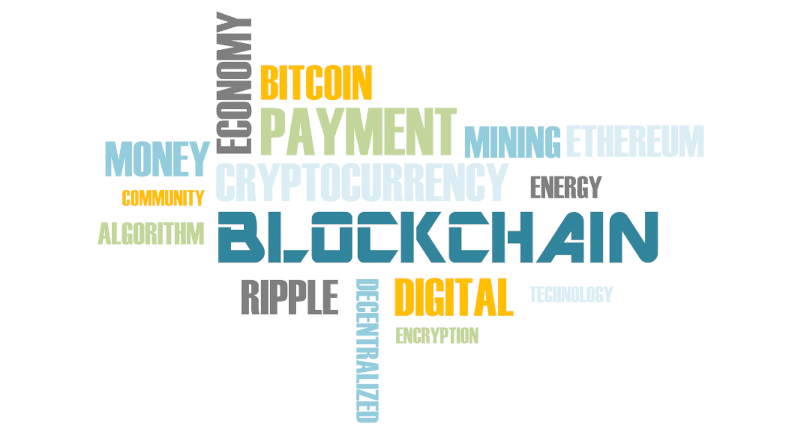Getting started in cryptocurrency
The essential principles for understanding
A multitude of terms have emerged with the emergence of cryptocurrencies. Cryptocurrencies, crypto assets, blockchain, Bitcoin, Ethereum are part of it. At first glance, it is difficult to navigate. If you are new to this field, it is important to immerse yourself in the basics. On this page, we offer you a list of the most fundamental elements to get started in cryptocurrency.

Cryptocurrency Basics

Bitcoin
What is Bitcoin?
To start in cryptocurrency, it is impossible to miss the must. Bitcoin, you’ve probably heard of it before, is the first cryptocurrency to appear. It was Satoshi Nakamoto who created this emblematic cryptocurrency in January 2009.
Some rumors claim that the 2008 crisis was the trigger for his desire to create a currency capable of freeing itself from the banking system. For this, he has designed a system that allows to exchange a currency without going through third parties that are banks.
In the case of exchanges between holders of currencies like these, accounting entries, or more simply transactions (as is the case for conventional banks) are written to a ledger called blockchain.

Blockchain
What is blockchain?
To cut to the chase, there is no cryptocurrency without blockchain.
If we had to make a simple comparison, a blockchain is the equivalent of an accounting ledger. In other words, it is a history of transactions arranged chronologically as blocks, comparable to a database.
What’s in a blockchain?
We find in a blockchain all the transactions made since the first. It is therefore a succession of blocks connected to each other in chronological order where each new block is connected to the previous one and which each day forms an ever longer chain.
Thus, it is the “miners” who ensure the authenticity and writing of each transaction on this blockchain.

Miners / Mining
What are miners?
The miner is a key player in the field of cryptocurrencies.
We can compare it to the banker who records, one after the other, the financial transactions between third parties. Obviously, you can imagine that it does not work quite that way.
The quantity of exchanges made around the world is so vast that it is essential to use computers and algorithms to authenticate everything. This system is called “centralized” because only the bank is the guarantor of the authenticity of the transactions carried out.
Why mine?
In the case of cryptocurrencies, records are completely “decentralized”. It is minors, specialized companies or sometimes individuals, who by making their IT infrastructure available, contribute to operate the complex calculations related to the algorithms of the different digital currencies.
In return for this mining work, the miners are rewarded… in digital currency!

Smart Contract
What is a Smart Contract?
The smart contract has been a concept that has existed for more than twenty years but it is the arrival of the blockchain that has made it popular and usable on a large scale.
Where a traditional legal contract sets out the rules of an agreement in written form to guarantee the obligations between each party and is concluded only following a meeting between the contracting parties; The smart contract defines the rules of the agreement using the blockchain.
The main difference is that the smart contract is actually computer code that will execute, for example, the transfer of an asset as soon as a set of predefined conditions is met.
Thus, the possibility of creating automated transfers under conditions and the inviolability of the contract (due to its presence in the blockchain) make the smart contract an asset not to be neglected.
It is “a program that directly controls digital assets,” said Vitalik Buterin, co-founder of Ethereum.

Ethereum
What's Ethereum?
Ethereum is considered a “second generation “ cryptocurrency.
It stems from a major evolution of Bitcoin.
The creator, Vitalik Buterin, starting from the observation that Bitcoin did not allow transactions to be carried out automatically, had the very ingenious idea of developing the concept of smart contract with the help of Nick Szabo. This concept aims to link a cryptocurrency to a system capable of executing transactions only under certain conditions.
For example, it is possible to schedule a payment in several installments. It is also possible to plan an automatic resale of assets that would reach a predefined threshold. This is not the case with Bitcoin.
Thus, Ethereum, officially put online on July 30, 2015 with 11.5 million Ethers on sale, was the first cryptocurrency to exploit the concept of smart contracts.

Cryptocurrency
What is cryptocurrency?
As the name suggests, a cryptocurrency is a digital currency that relies on encryption, computer code. The latter translates simple information into a code that is extremely difficult to decipher.
Cryptography and blockchain, two fundamental elements:
Cryptography is one of the fundamental principles, because it guarantees the non-falsification of data and avoids hacking.
Blockchain is also an indispensable pillar. Indeed, the latter acts as an accounting register and details all transactions carried out in the form of forgery-proof codes.
How many cryptocurrencies are there?
Many cryptocurrencies appear regularly. In May 2022 there were no less than 18,000… Nevertheless, not all of them always arouse particular interest, especially when they do not bring interesting evolutions.
A non-exhaustive list of the most popular cryptocurrencies:
|
|
|
It should be noted that the most well-known cryptocurrencies are often “coins” and take their name from the payment protocol in which they operate. Bitcoin, for example, is named after its own payment system, its Bitcoin blockchain.
Currencies using pre-existing blockchains are called “tokens”. This is the case of the Shiba Inu, a “token” that uses the Ethereum blockchain.
To get started in cryptocurrency it is wise to focus on the most popular ones.

Lightning Network
What is Lightning Network?
The Lightning Network is a peer-to-peer payment protocol.
Following the growing notoriety of Bitcoin and its increasingly frequent use, a technical limit appeared: the processing capacity was too low to support all the traffic. In addition, this saturation significantly increased transaction processing time.
What is the lightning network used for?
This protocol was developed as a second layer of blockchain support.
It is therefore closely linked to the blockchain and consists of creating a payment channel between two users, a kind of safe, where the transactions carried out by our protagonists are detailed.
These operations are therefore isolated from the blockchain so as not to overload it with too many small transactions and thus avoid storing each of them on the blockchain.
Finally, when the payment channel closes, the final balance is sent and processed on the blockchain. Thus, there is almost no limit of simultaneous transactions!
This was without counting the arrival of other more ambitious protocols…

EOS
What's EOS?
EOS is an Ethereum-derived cryptocurrency and is often referred to as the “3rd generation blockchain”.
Following the overload of the Ethereum network caused by the success of an application for buying / selling NFTs (virtual goods), it is found that the time and capacity to process transactions on Ethereum are too limited in case of high solicitations.
Thus, Dan Larimer, American computer scientist and entrepreneur proposes an alternative in 2017. He created the EOS infrastructure, based on an ICO (Initial Coin Offering). It is a great success.
Is the EOS protocol decentralized?
EOS is considered a decentralized autonomous organization. However, in the EOS ecosystem, only 21 user-elected people are responsible for validating transactions.
Also, if the validation work is not done correctly, the network can reject the delegates and replace them with others. This works differs from traditional blockchains. Bitcoin and Ethereum for example must have transactions verified by all users on the network, reducing the ability to process transactions.

IOTA
IOTA? What does it mean?
IOTA is an experiment before being a cryptocurrency.
It is a so-called open-source protocol that aims to provide a secure means of payment in the IoT (Internet of Things) ecosystem. IoT includes machines and connected objects such as certain cars, watches and many other devices.
IOTA is, like EOS, considered a “3rd generation currency”. It is based on a new concept that differs from the operation of the traditional blockchain. Indeed, each entity performing a transaction must participate in the validation of two previous transactions. This is called the “tangle” or “entanglement” method. In theory, this method would allow faster and faster treatments. And, as its use increases, the number of simultaneous transactions can become unlimited, and without fees.
Is the IOTA protocol decentralized?
However, this cryptocurrency currently encounters some obstacles. The current too low use of this protocol does not allow to demonstrate its theoretical capacities, and obliges it to operate with the help of a “Coordinator”. The latter is the element that will validate transactions on the network. This makes it a centralized currency for the time being. However, the IOTA Foundation has committed to remove the Coordinator as soon as a sufficient number of nodes (users/machines using the protocol) is reached.

